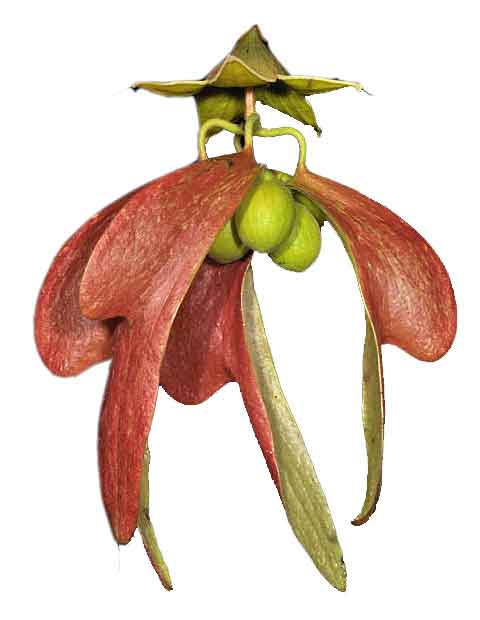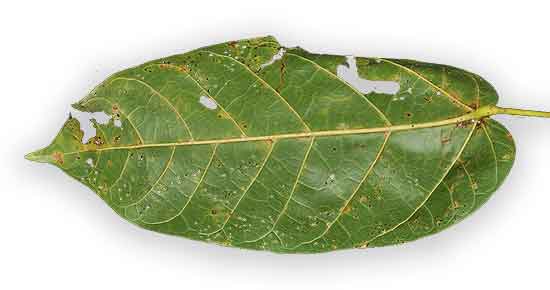
Family • Malvaceae
Taluto
Pterocymbium tinctorium (Blanco) Merr.
BELLFLOWER STERCULIA
| Scientific names | Common names |
| Heritiera tinctoria Blanco | Malasapsap (Tagalog) |
| Pterocymbium tinctorium (Blanco) Merr. | Taloto (Tagalog) |
| Accepted infraspecifics (3) | Taluto (Tagalog) |
| Pterocymbium tinctorium var. glabrifolium (Kurz) Thoth. | Bellflower sterculia (Engl.) |
| Sterculia campanulata var. glabrifolia Kurz | Winged boot tree (Engl.) |
| Pterocymbium tinctorium var. javanicum (R.Br.) Kosterm. | |
| Pterocymbium campanulatum (Wall. ex Mast.) Pierre | |
| Pterocymbium javanicum Wall. ex Mast. | |
| Sterculia campanulata Wall. ex Mast. | |
| Pterocymbium tinctorium var. tinctorium | |
| Clompanus javanica Kuntze | |
| Pterocymbium columnare Pierre | |
| Pterocymbium macrocrater Warb. | |
| Pterocymbium nicobaricum Didr. | |
| Pterocymbium tinctorium is an accepted species. KEW: Plants of the World Online | |
| Other vernacular names |
| INDIA: Papita (Kannada). |
| INDONESIA: Beurih, Kelumbuk, Tolutu, Gelumbah. |
| LAOS: Oy sang. |
| MALAYSIA: Teluto, Melembu. |
| MYANMAR: Sawbya. |
| THAILAND: Po-khiliat, Po-khihaet. |
| VIETNAM: Duc nang nhuom, Duc nang java, Sao. |
| TRADE NAME: Amberoi. |
March 2024
![]()
 |
| PHOTOS / ILLUSTRATIONS |
| IMAGE SOURCE: Pterocymbium tinctorium / Forestowlet / CC0 / Image modified /Click on image or link to go to source page / Wikipedia |
| OTHER IMAGE SOURCE: Pterocymbium tinctorium / Forestowlet / CC0 / Image modified /Click on image or link to go to source page / Wikipedia |
| OTHER IMAGE SOURCE: Pterocymbium tinctorium / Infructescence / Copyright © 2012 by P B Pelser & J F Barcelona (contact: [email protected]) [ref. DOL52298] / Non-Commercial Use / Image modified / Click on image or link to go to source page / Phytoimages.siu.edu |
| OTHER IMAGE SOURCE: Pterocymbium tinctorium / Abaxial view of leaf / Copyright © 2013 by P B Pelser & J F Barcelona (contact: [email protected]) [ref. DOL63934] / Non-Commercial Use / Image modified / Click on image or link to go to source page / Phytoimages.siu.edu |
Additional
Sources and Suggested Readings |
• |
DOI: It is not uncommon for links on studies/sources to change. Copying and pasting the information on the search window or using the DOI (if available) will often redirect to the new link page. (Citing and Using a (DOI) Digital Object Identifier) |
| List of Understudied Philippine Medicinal Plants |
| New plant names needed The compilation now numbers over 1,300 medicinal plants. While I believe there are hundreds more that can be added to the collection, they are becoming more difficult to find. If you have a plant to suggest for inclusion, native or introduced, please email the info: scientific name (most helpful), local plant name (if known), any known folkloric medicinal use, and, if possible, a photo. Your help will be greatly appreciated. |
• |
 |




